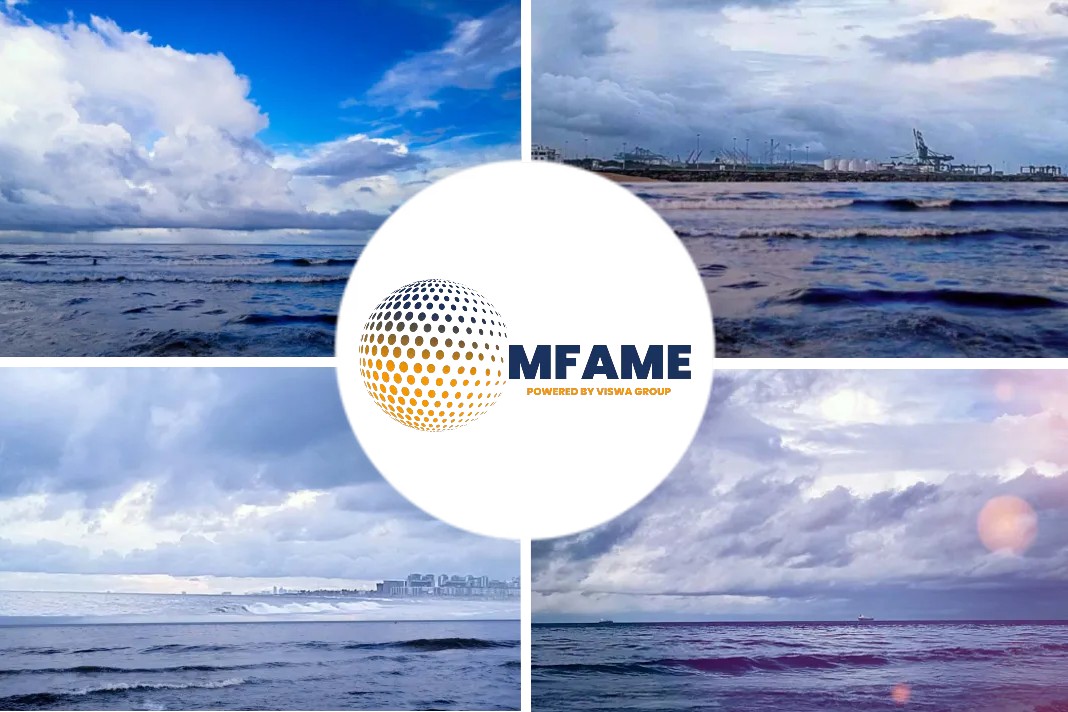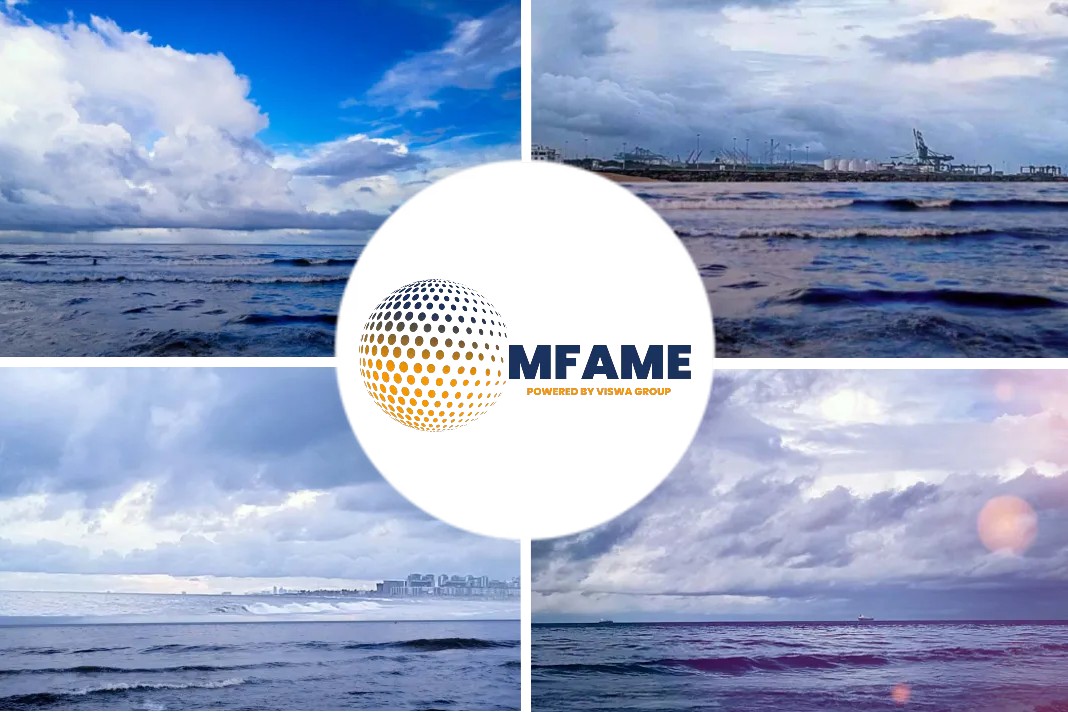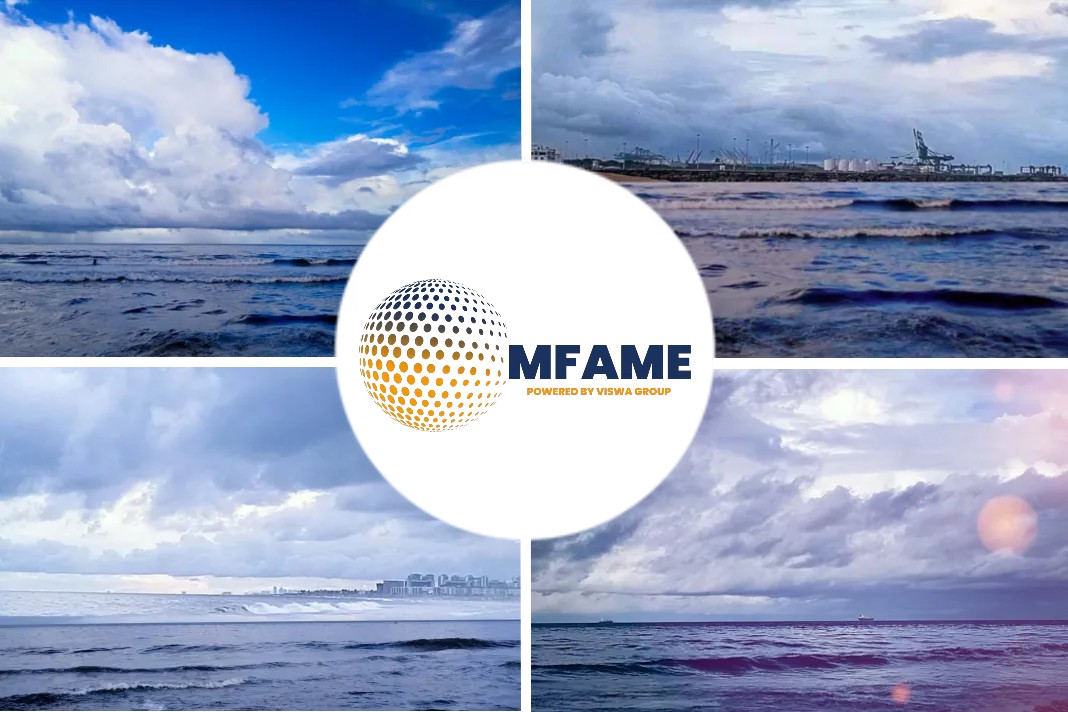- Los Angeles inbound empty international containers have surpassed loaded volumes for first time since early 2019.
- For the first time in the rail container volume index history, nonholiday empty containers outnumber the loaded container volumes heading into Los Angeles.
- This occurred briefly at the beginning of 2019 around New Year’s when the trade war with China was escalating.
- Empty international containers are controlled mainly by the maritime operators and can signal growth in import volumes.
According to an article published by Freight Waves, Empty-containers rushing illustrates the worst condition of the industry and yet to come for shipping community.
Containers’ Usage Controls
International denotes the size of the container and its primary use. The typical containers used to transport goods between countries are 20 to 40 feet long. Keeping standard sizes allows for consistent infrastructure and handling, which improves efficiency.
Domestic containers, by contrast, are primarily 48 and 53 feet in length and mainly transported by rail and trucks throughout North America. These containers are controlled primarily by domestic rail and trucking companies.
Movement Patterns
Knowing who controls the containers is the key to understanding what to make of their movement patterns. The international container flow is governed by shipping operators and people who deal with international trade orders. They need to position the containers in places where they can be filled. In this case, most of that is across the Pacific Ocean in China and other Asian countries.
The port conglomerate of Los Angeles and Long Beach is the primary gateway between Asia and the U.S. and has been a bellwether for freight pattern shifts over the past two to three years — basically the main convergence zone of freight in the U.S.
Higher Shipping Rates
Increased durable goods demand has exacerbated the trade imbalance between the U.S. and China and caused shipping rates to hit record levels moving across the Pacific. This has also led to maritime operators neglecting U.S. exporters by moving empty containers back to Asia without cargo in order to take advantage of the pricier and more lucrative freight moving east.
International Community’s Decision
Moving international containers domestically can be tricky as most of the equipment is set up to handle the domestic trailer sizes. This makes it cumbersome for the international community to get the empty containers where they need to be for U.S.-based pickups. It is far more economical just to move it by rail back to the port and ship it back to China when rates are this high.
Supply chain Perspective
What is more concerning is that this may not be the worst of it from a cost and supply chain bottleneck perspective. Maritime Market Expert Henry Byers has this to say about the surge of empties and what is signals for shippers and transportation providers moving forward:
“It’s time to sound the alarms. The shortage of container capacity is already affecting many supply chains, but almost no company will be spared from what lies ahead. The congestion and delays happening right now are primarily part of the downstream ripple effect that was largely caused by last year’s increased import volumes. Since we are able to see these volumes as they are leaving on vessels that are destined for the U.S., we can tell you that these TEU volumes are still hitting record highs. So, if the downstream supply chain is already under enormous pressure, we are likely to see rates reach new heights as well.”
Market Data
The traditional peak season for maritime shipping is in August and September. Rail and intermodal typically follow, then trucking. The market has been plateauing from a volume and rate perspective on all three modes since late February. The data suggests there is a good chance the transportation situation gets worse before it gets better.
Did you subscribe to our daily newsletter?
It’s Free! Click here to Subscribe!
Source : Freight Waves

























